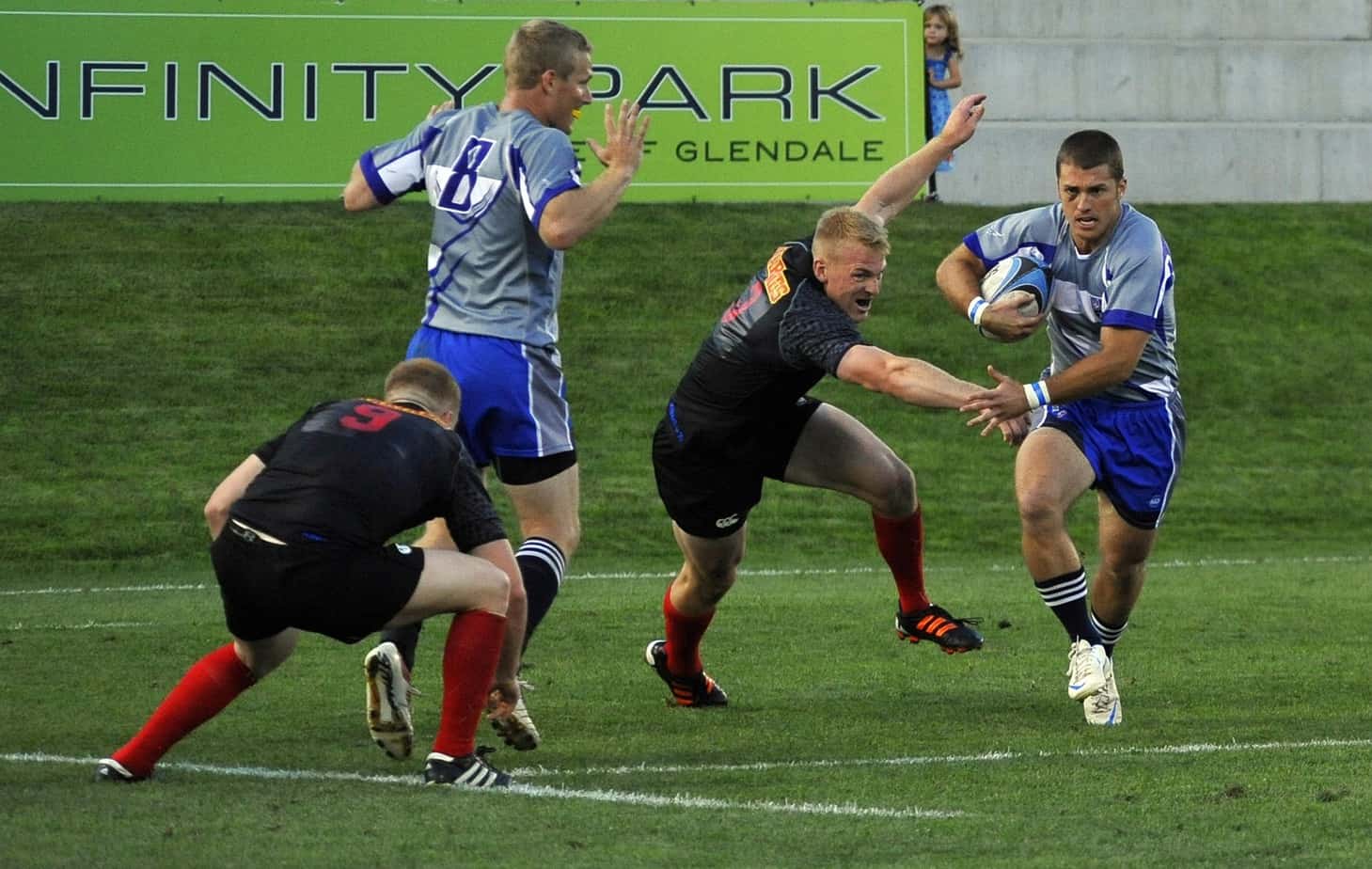Should we focus on unilateral or bilateral exercise for sport performance?
Your weekly research review
Contents of Research Review
- Background & Objective
- What They Did
- What They Found
- Practical Takeaways
- Reviewer’s Comments
- About the Reviewer
- Comments

Background & Objective
Key phases of athletic performance generally occur on one leg (e.g. sprinting, change of direction (COD)). Hence, unilateral resistance training is perceived to offer greater movement specificity than bilateral exercises. The barbell step-up is an exercise where the majority of the movement is entirely unilateral, unlike other unilateral exercises (split squat).
Little research has examined the application of the step-up to improvements in sprint and COD performance. Therefore, the aim of this study was to examine the changes in sprint acceleration and COD ability as a result of resistance training using either bilateral or unilateral only.
What They Did
Thirty-three state rugby union academy and grade club competition players (age = 22.4 ± 4.1 yr) completed a six-week familiarisation, eight-week training intervention, and three-week maintenance phase. They were split into three groups, bilateral (BIL), unilateral (UNI), and control (CON). The intervention was performed during the pre-season, where the only difference between groups was the use of the squat (BIL) or step-up (UNI). Volume-load was equated between groups.
Testing was performed before and after the eight-week intervention and after the three-week maintenance phase. These tests were 20 m sprint (5-, 10-, 20 m splits + 15 m fly), 50° COD test, squat and step-up 1RM with 90° knee angle.
What They Found
The key findings of the study include:
⇒ BIL and UNI groups exhibited meaningful improvements in 1RM strength of squat and step-up, respectively.
⇒ Difference in squat strength and eight-week intervention was unclear with a small difference in 1RM step up for the UNI group.
⇒ Both BIL and UNI groups showed meaningful improvements in speed and COD.
⇒ Difference between BIL and UNI in speed was unclear.
⇒ BIL showed a greater improvement in COD than UNI group.
Practical Takeaways
In the podcast below, Cam Josse explains a simple periodisation strategy for programming unilateral and bilateral exercise. He states “I’m looking at a progression where we start with a foundation of coordination (single leg/more degrees of freedom) and we transfer that into really high outputs (bilateral training).” In this case, a pre-season training period could look like this in regards to main lower-body lifts:
⇒ Block 1: Loaded Bulgarian split squat isometrics 3×30 sec/leg.
⇒ Block 2: Slow eccentric Bulgarian split squats (3-4 sec down) 3×4-6/leg.
⇒ Block 3: Fast eccentric or normal tempo Bulgarian split squats 3×4-6/leg.
⇒ Block 4: Back squats 3-4×3-6.
⇒ Throughout the unilateral blocks, small doses of bilateral exercise can be used (e.g. RDL).
⇒ Throughout the bilateral blocks, small doses of unilateral exercise can be used (e.g. stepup, lateral lunge).
“Many S&C programs have a heavy emphasis on bilateral exercise all year round (e.g. squat, clean, deadlift). However, unilateral exercise – in my opinion – is just as important. I have personally used exclusively unilateral lifts as my main lower- body lift in rugby backs and, we still managed to improve the speed and strength of all the players throughout the preseason.
What is important if taking this approach, is being able to select exercise variations that allow for large loads, whether that’s bilateral or unilateral. For example, step-ups on a low plate or split squat off of high pins.”
Want to learn more?
Then check these out..
Read this article
Read this article
Listen to this podcast
The full study can be read here.


